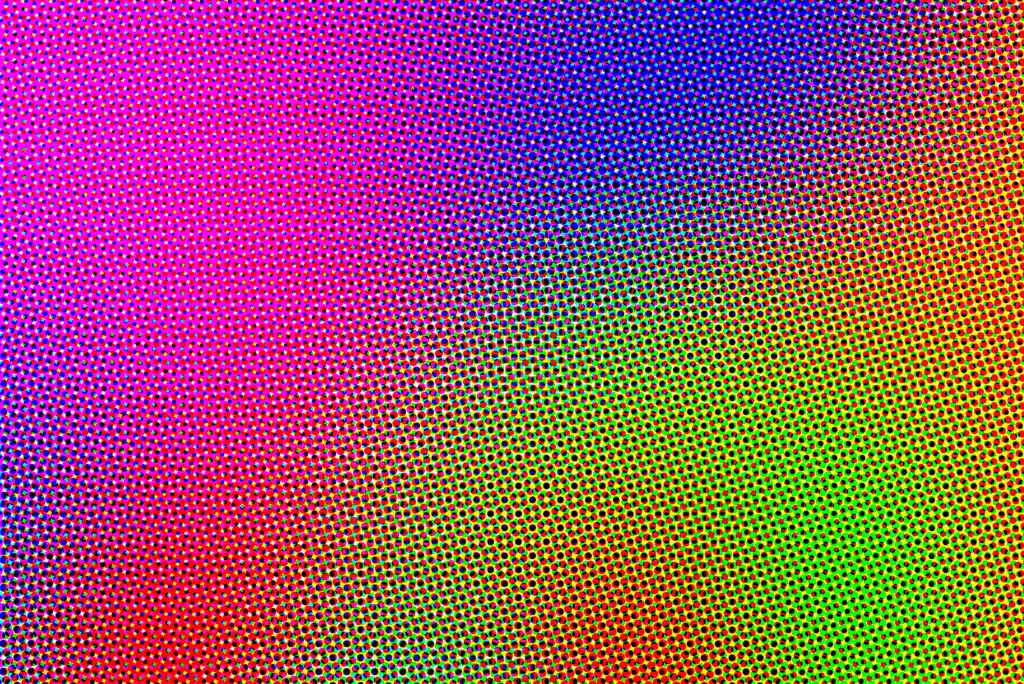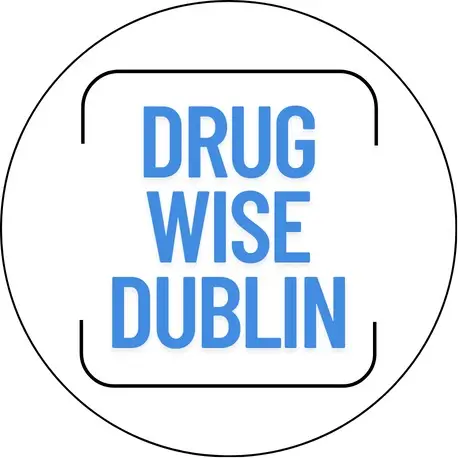What Is LSD?

LSD is a potent hallucinogen that alters a person’s thoughts, perception of reality, and emotions. It is synthesized from lysergic acid, a compound found in a fungus (ergot) that grows on rye and other grains. LSD is best known for producing vivid hallucinations and intense psychological experiences, often referred to as “trips.” These trips can last between 6 and 12 hours.
Although LSD is not considered physically addictive, repeated use can lead to tolerance, meaning the user needs increasingly higher doses to achieve the same effect. While some users seek out its mind-altering effects for creativity or introspection, LSD can also trigger anxiety, panic, psychosis, or long-term mental health issues.
LSD has no accepted medical use in most countries and is listed as a Schedule I drug in the United States, meaning it has a high potential for abuse.
How Is It Used?
Blotter paper – the most well-known form, where LSD is dropped onto small squares of absorbent paper and placed on the tongue.
Tablets or capsules – swallowed.
Liquid form – taken directly or added to sugar cubes.
Gelatin (window panes) – small squares of gelatin containing LSD.
Short-Term Effects:
Hallucinations (seeing, hearing, or feeling things that aren’t real)
Altered sense of time and space
Emotional swings (from euphoria to paranoia)
Synesthesia (e.g., “hearing” colors)
Increased blood pressure and heart rate
Dilated pupils
Nausea or sweating
Long-Term Effects:
Persistent psychosis
Flashbacks (Hallucinogen Persisting Perception Disorder – HPPD)
Anxiety and depression
Dangerous behaviors during trips due to detachment from reality
Common Street Names
Acid
Blotter
Dots
Lucy
Loony Toons
Yellow Sunshine
Windowpane
